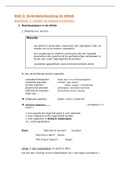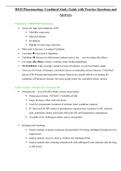Samenvatting
Summary Notes on Chapter 21 - the third civil war - for AQA history the English Revolution 1625-60
- Vak
- Instelling
- Boek
Notes on Chapter 21 - the third civil war - for a level AQA history - component 2E - The English Revolution 1625-60
[Meer zien]













